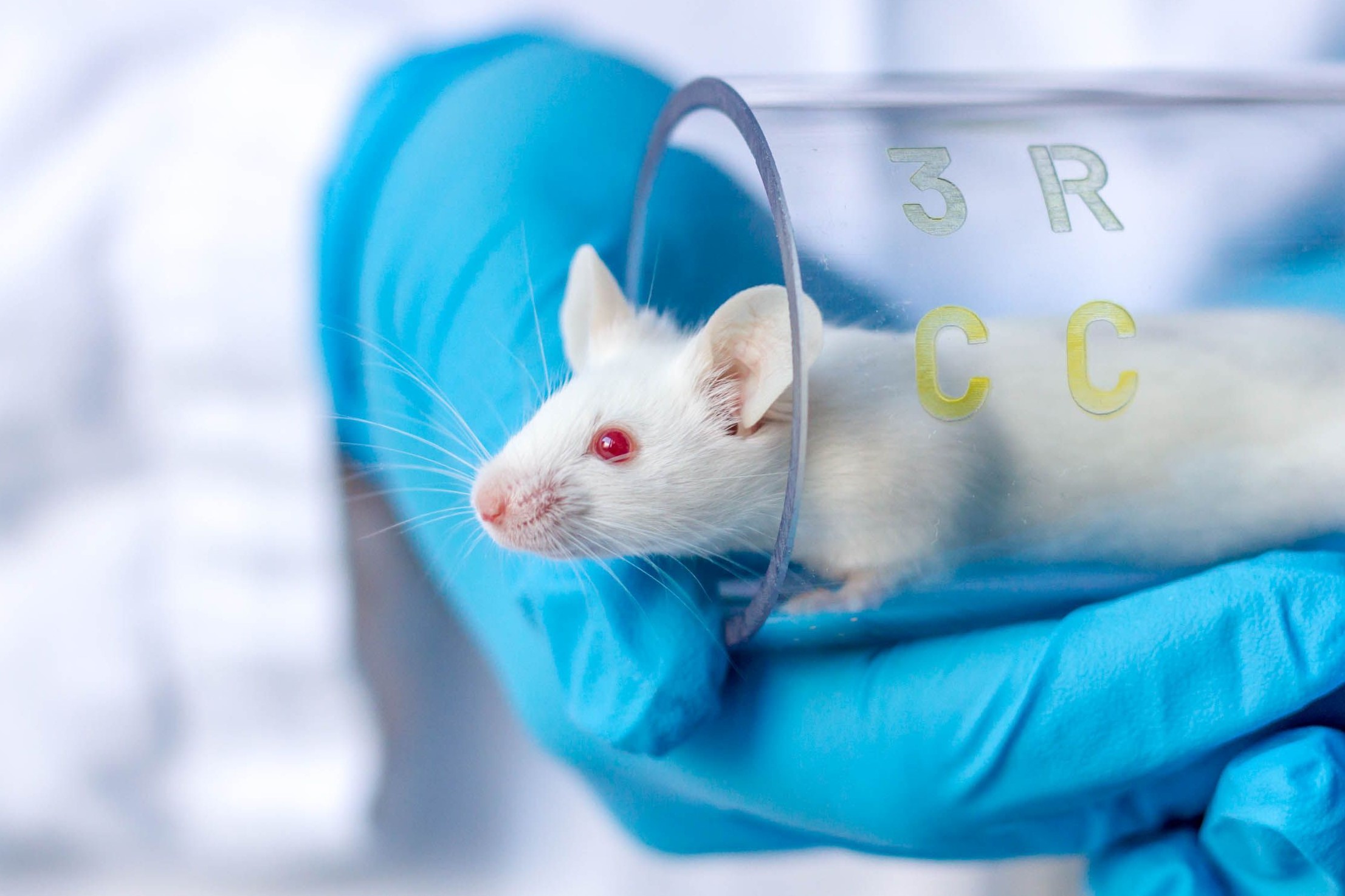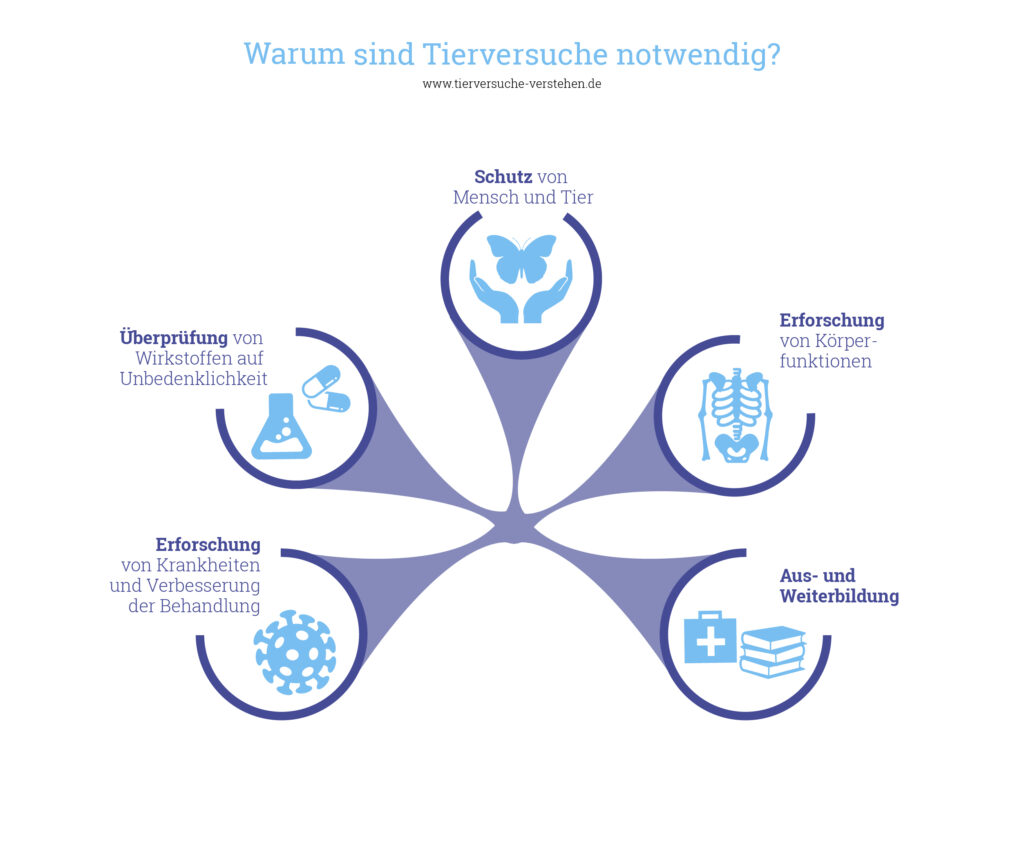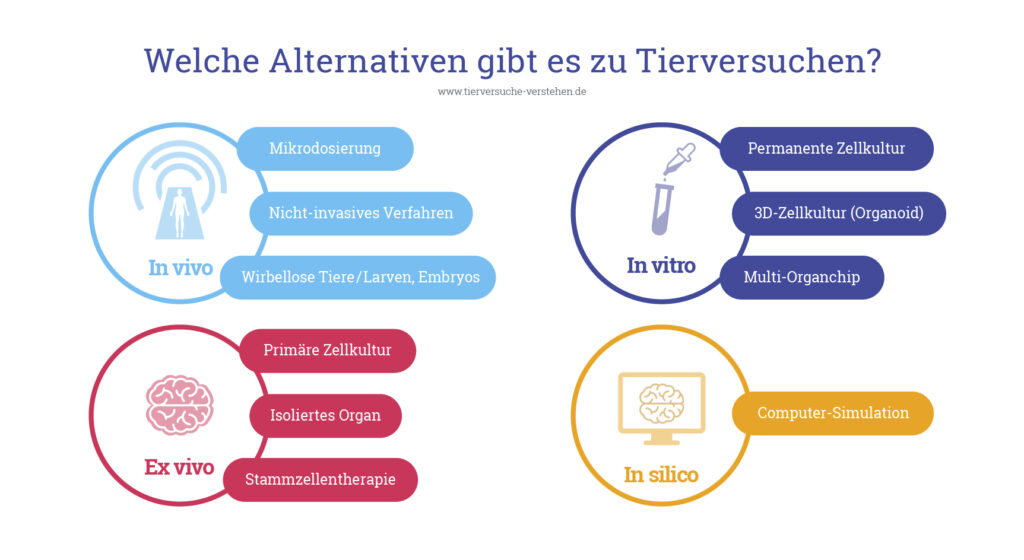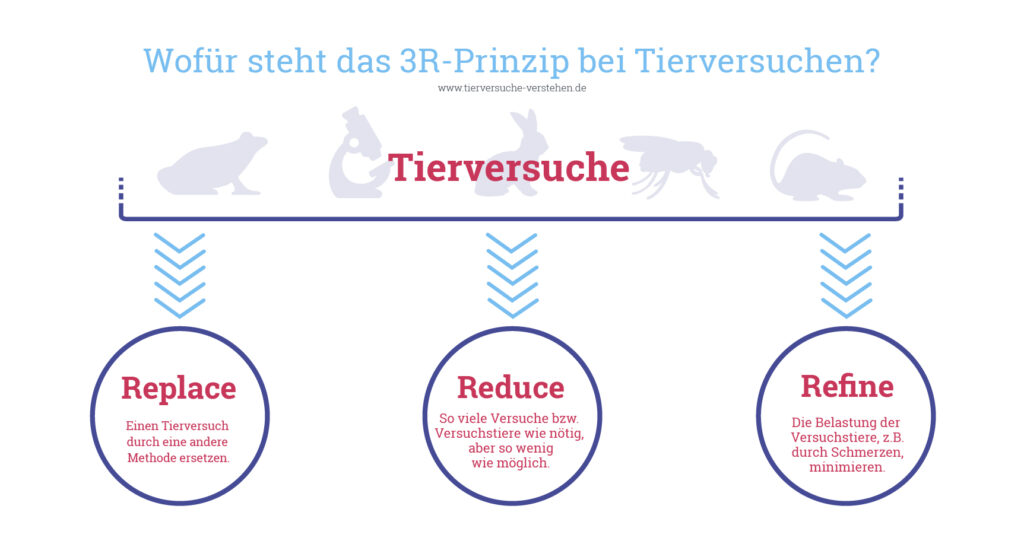Of cells, organs and animals

Despite great progress, research will not be able to completely dispense with animal experiments in the near future. Learn here about methods that can be used to specifically reduce the number of experimental animals and the burden on animals.

Both basic research and medicine have made enormous progress for the benefit of humans and animals. Animal experiments were essential for this – and they will remain so in the foreseeable future. In various areas, such as research into bodily functions or testing whether active substances are safe for use in medicines, they cannot yet be completely replaced (see Figure 1). Nevertheless, replacement methods for example the use of cell cultures, organ-like structures from human cells (so-called organoids) or computer simulations are becoming more and more important and are increasingly used in research (see Figure 2).
The 3Rs concept is central to reducing the number of animals used in experiments. It stands for Replacement, Reduction and Refinement of animal experiments (see Figure 3). With the help of illustrative examples and videos, we will introduce you to these methods and show you how they are related to animal experiments.
Children can playfully engage with the topic of Refinement, among other things. The topics of Replacement and Reduction are primarily aimed at young people and adults.
We are looking forward to you joining us on a journey from cells to organ(oid)s to animals!



